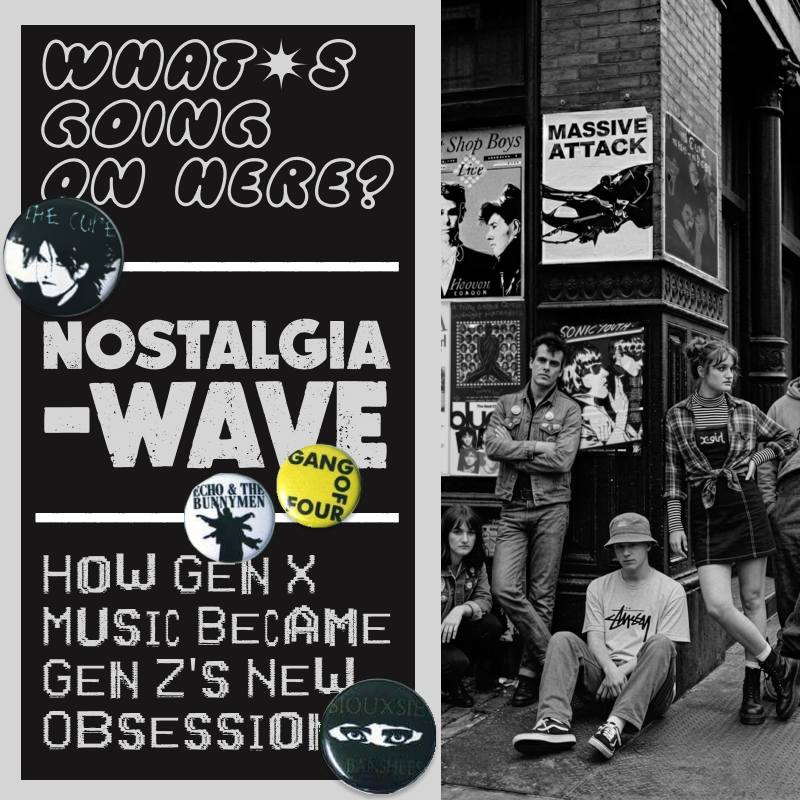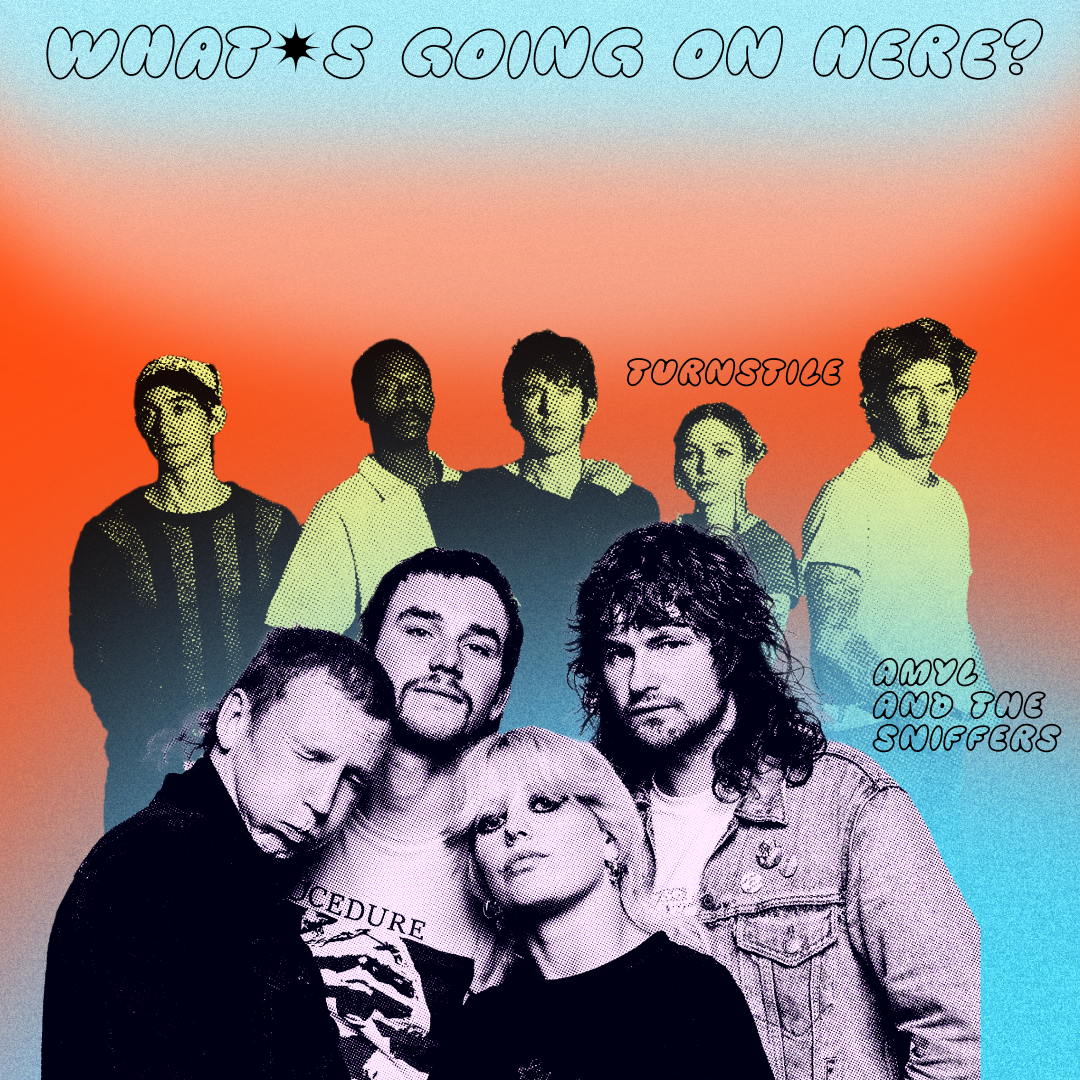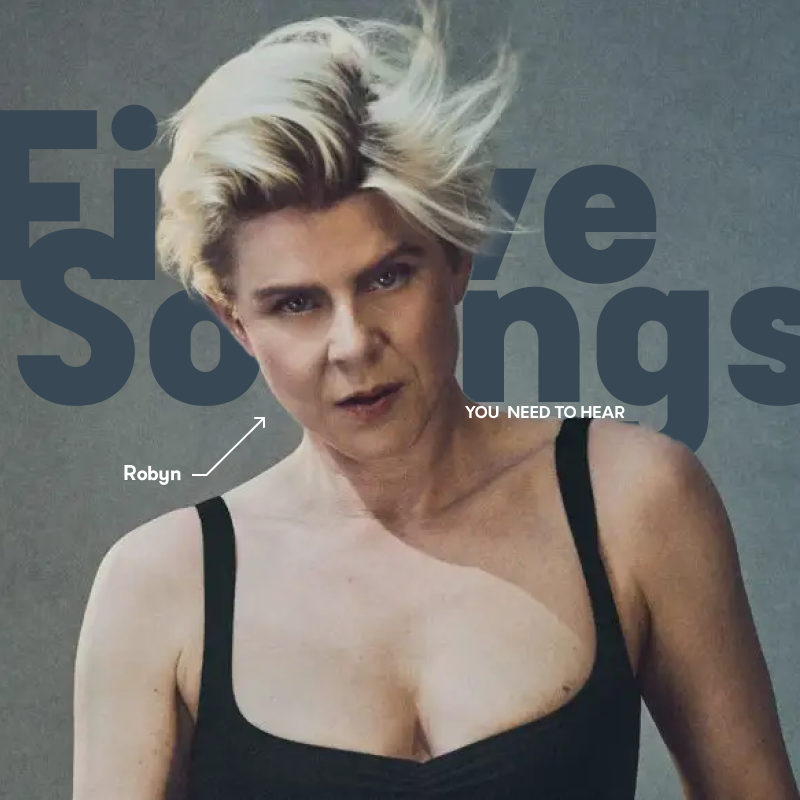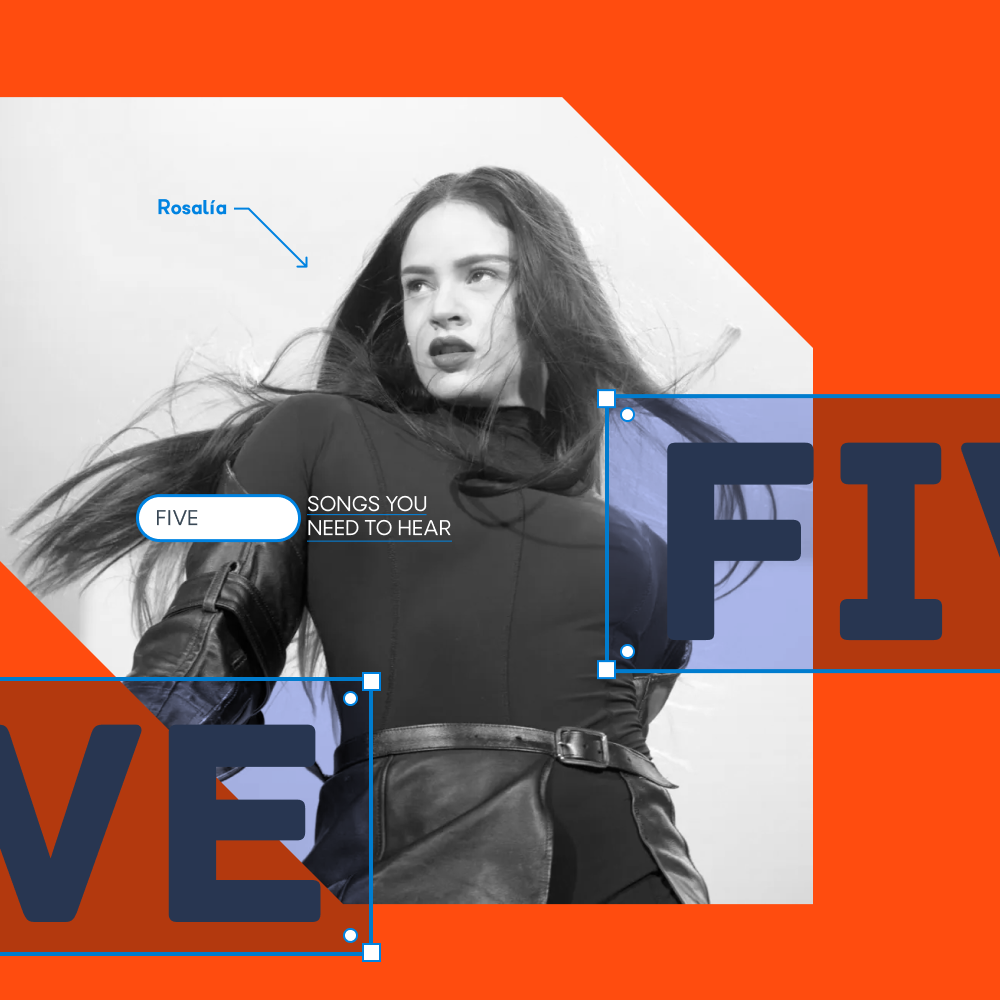What’s Going On Here? How Mk.gee and a New Generation Are Redefining Imperfection in Music
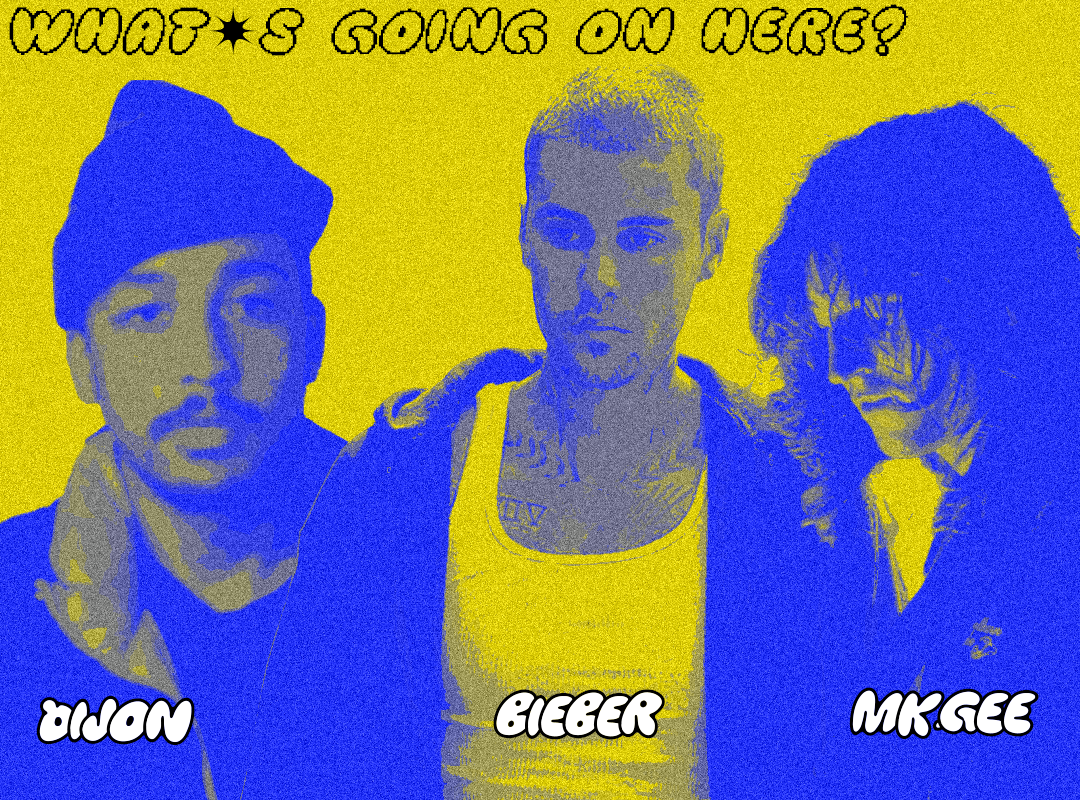
The first time I heard Mk.gee, I immediately likened his music to The Durutti Column and Sting. For a while, I was more interested in connecting him to these two artists than I was in exploring his music. It’s just something my generation (Gen X) does. Interpol is just 2000s Joy Division, Radiohead is just 90s Talk Talk, and The Weeknd is just Michael Jackson. You either appreciate the new directions the second-gen artists take with the style you grew up with, or you write them off.
I wasn’t comfortable writing off Mk.gee…
…because there was something there that was tickling my brain. The thing is, Mk.gee doesn’t really sound like The Durutti Column or Sting, but the vibe is right. Unlike the comparison to Interpol and Joy Division, there’s no one-to-one relationship here. It’s fuzzy, elusive, maybe even imagined. That fuzziness is what makes it so interesting.
Mk.gee calls it “liminal,” and that’s the best word for it. Dijon, Chanel Beads, Jean Dawson, Derby, and even Justin Bieber (who pulls Mk.gee and Dijon into his latest record) are all exploring a certain liminality with their music. It’s music that feels like it’s still loading. Something is always missing, or incomplete, or unclear. Listen to the final track on Two Star & The Dream Police, and you’ll get it; “Dream Police” just stops. Abrupt, unresolved, almost like a mistake, but it’s not. Dean Blunt and TYSON’s “Rinsed” does the same thing. Dijon’s Baby album is built out of these sanded-down details: acoustic guitars, drum machines, wind chimes, vocals; all melting until you can’t quite grasp what you’re hearing.
That’s part of the appeal. It’s not polished perfection; it’s impressionism. Mk.gee talks about growing up on low-resolution, pirated MP3s, where you didn’t have the full picture and had to fill in the blanks. That missing information becomes the aesthetic itself. The lo-fi compression of Jai Paul’s “All Night – Unfinished,” the hazy drift of Chanel Beads’ “Police Scanner,” or the incomplete sketches from Flanafi all sit in this same world. The imperfection is the point, and it’s not unlike Neon Indian’s Millennial classics, “Polish Girl” and “Deadbeat Summer,” which were beautiful yet warped and fuzzy Indie Pop.
I talked about this with my son, Eero, and his friends. They don’t hear it as “abandoned middle school hallways” or “video game liminal spaces” in the spooky sense. For them, it’s chillout music. It’s calm. It’s the backdrop to hanging out or being alone. They’ll spend hours on TikTok chasing Mk.gee’s guitar tone, hunting for the perfect combination of pedals to achieve that hazy wash. For them, the murkiness is the vibe, and it connects directly back to what Vini Reilly was doing with The Durutti Column.
Every sound is intentional, meticulously placed, yet retaining that rough sketch feeling. If you want that sound, you’d have to go to the source, and that’s precisely what Morrissey did for his “Viva Hate” album when he tapped DC’s Vini Reilly as the guitarist on the album. Although Reilly would later say that Morrissey could have worked with any old guitarist for what he wanted, you can hear Reilly’s distinct touch on songs like “Suedehead” and “Everyday Is Like Sunday.” I can’t imagine “Viva Hate” without Vini. Similarly, Justin Bieber features both Mk.gee (DAISIES) and Dijon (DEVOTION) on his latest album “Swag.”
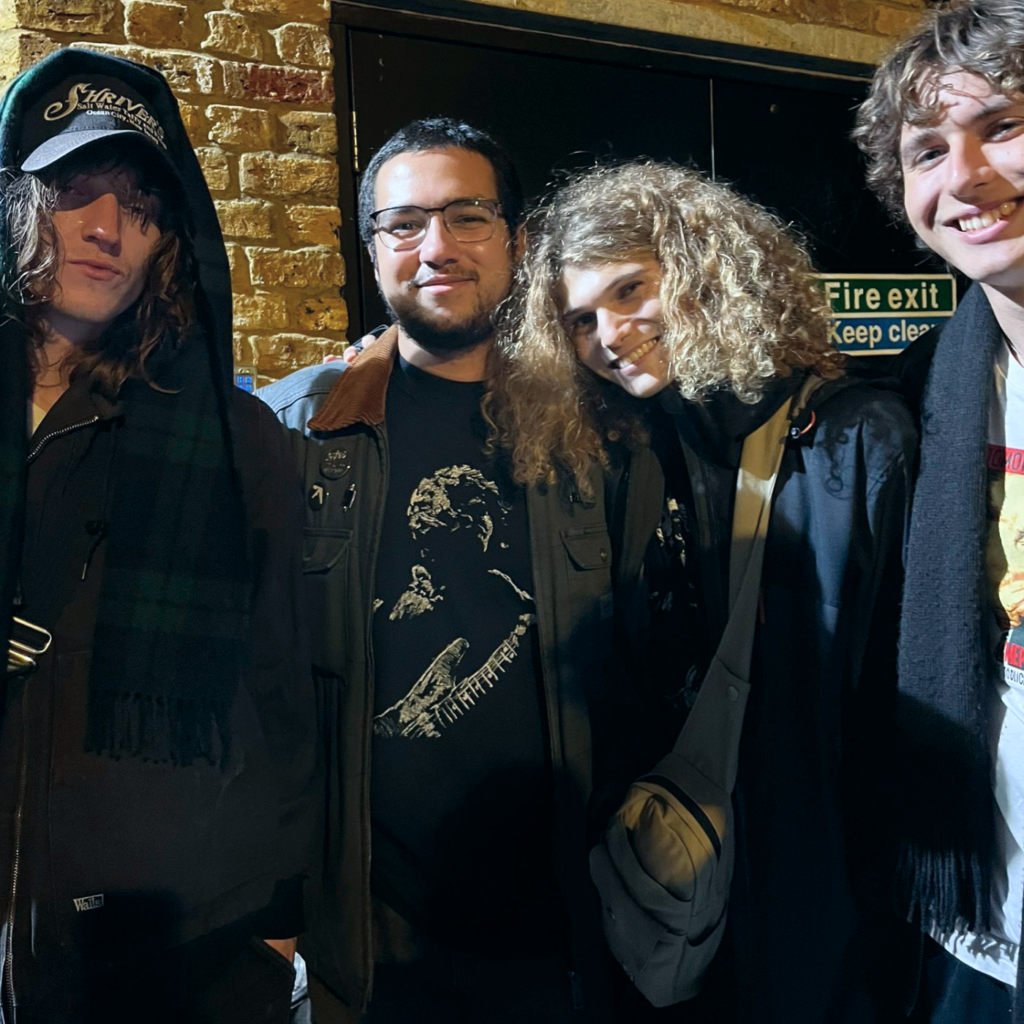
Why is this important? Because every trend like this has a counterpoint. HyperPop, Trap, Drill, Techno — that’s the other side, high-res, overstimulated, and cranked to the edge. Mk.gee and Dijon sit opposite that, pulling back into grainy textures, muted tones, and unresolved endings. Factory Records gave us both Joy Division and The Durutti Column. Warp Records had both Aphex Twin and Boards of Canada. There’s always a tension, always a shadow.
Our “What’s going on here” playlist attempts to paint a picture of what this vibe is like. You’ll hear Mk. gee’s “ROCKMAN” and Dijon’s “Talk Down” next to Dean Blunt’s “Dash Snow” and The Durutti Column’s “Conduct.” You’ll hear Jean Dawson’s “200 Cigarettes” rubbing against Boards of Canada’s “Constants Are Changing.” Blood Orange drifts between polished pop and smeared lo-fi on tracks like “Smoke” and “The Field,” tapping directly into this blurry, impressionistic movement.
That’s why this microtrend matters. It’s not just about one artist or one scene; it’s part of the larger push and pull that always shapes music. Some listeners want the digital shine of HyperPop; others want the fog of Mk.gee. Both are valid, both essential. The real question is: if Mk.gee’s liminal vibe is today’s counterpoint to overstimulation, what comes next as a counterpoint to him?


